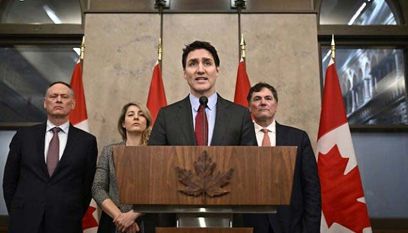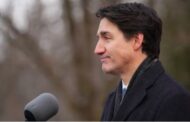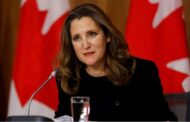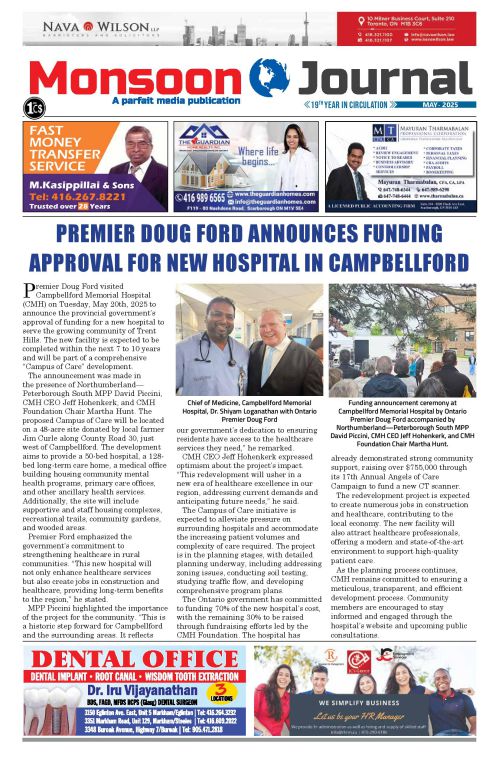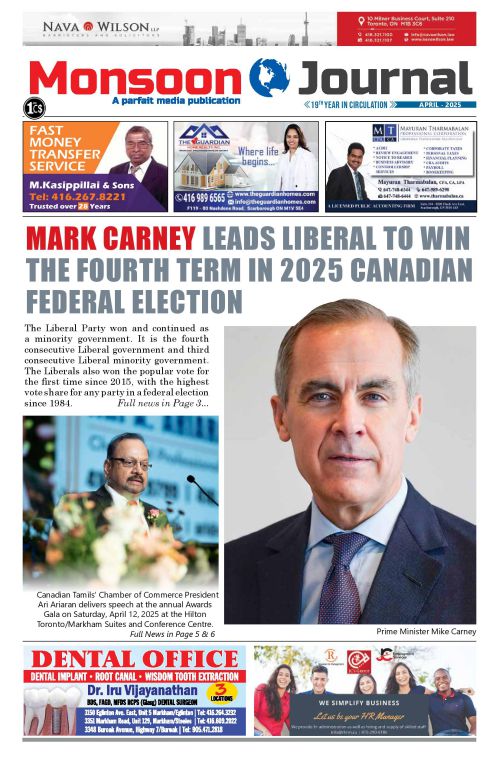By Harrish Thirukumaran
US imposes 25% tariffs on Canadian goods
On February 1, 2025, US President Donald Trump officially put into effect a 25% tariff on nearly all Canadian goods. This included a 10% tariff on select Canadian energy products. It has set off an ominous trade war between the two countries that have enjoyed a traditionally longstanding economic relationship. At the same time, Trump is also imposing a 25 per cent tariff on Mexican goods as well as 10 percent on Chinese products. It has added new complexity to a Canadian government, already fending off recent significant political challenges, into further urgency. However, this has been paused for 30 days pending the outcome of negotiations between the US and Canada regarding border security.

2024-2025 Canada-US Relationship
Canada and the US are the largest trade partners with nearly $3.6 billion (US$2.7 billion) worth of goods and services crossing the border each day in 2023. About $800 billion in goods and services crossed over the border between the two countries in the first nine months of 2024. Over the past few weeks, Canada-US relations have been showing some cautious optimism, focusing on resolving brewing trade and energy disputes, enhancing border security, and fostering environmental collaboration. Trump himself has argued previously that the US has been experiencing a trade deficit ranging from anywhere between $100 billion to $200 billion. However, the trade deficit is only $55 billion based on 2024 US government data. Additionally, Prime Minister Justin Trudeau has said that less than 1% of fentanyl as well as illegal border crossings come from Canada.
Understanding and Safeguarding Canada-US Trade today:
The desire with this article is to look at the current, larger media landscape to see in what direction things are heading, to separate the facts from the evolving events in the situation. Hopefully, it can serve as a way for both Canadians and American readers to better understand the situation, and, by the same token, how to protect themselves financially as consumers. Specifically, it will be broken down into three sections: Canada’s ongoing response, impact on Ontario politics, and the US ongoing response. It will end with a conclusion that lays out a reflection as well as next steps for readers to go forward with.
Canadian ongoing response:
According to the NYTimes, Canada will be staging a three-part plan to retaliate against these tariffs. The choice of goods will be targeted towards Republican and swing states in the US which have voted for Trump. Most of the plan remains confidential with few details, but some key products include food and beverages as well as products like bathtubs. In a press conference, Trudeau says that Canada is imposing its own 25 per cent tariffs on $155 billion worth of U.S. goods. These will include goods such as fruit juices, perfume, clothing and shoes. He went onto to say that the tariffs will take effect on $30 billion worth of goods starting Tuesday, February 4 with a further $125 billion worth of products being taxed 21 days later. Trudeau has stated that Canada will impose a 25% tariff on $155 billion worth of goods. A third part could be restricting exports of more sensitive Canadian goods such as hydroelectricity that powers US energy consumption as well as critical minerals. The goal would be to put pressure on Trump’s US administration to back down on its tariffs based on Canada’s highly integrated supply chains with the U.S.
One expert, Ian Lee, an associate professor at Carleton University’s Sprott School of Business, stated that Canada should refocus its efforts towards renegotiation of the US-Mexico-Canada Free Trade Agreement (USMCA). It is scheduled for a review in 2026, but these recent moves from Trump could be a tactic to force Canada and Mexico to the negotiating table sooner. Regardless, it is reported that Canada’s own strong economic fundamentals in policy as well as its close economic ties with the US can provide it with some considerable leverage in the ongoing negotiations.
Trudeau in his press conference has even voiced to Canadian consumers to be on the lookout for more Canadian made goods as they check product labels and vacation more locally as some simple ways to contribute to protecting Canada’s economy.
Impact on Ontario politics:
In anticipation of this ongoing trade war, Doug Ford, the Ontario Progressive Conservative Leader, called an early snap election scheduled for February 27, 2025, to secure a ‘strong mandate’ from Ontarians in response to Trump’s tariffs. “Our economy will feel the impact of President Trump’s tariffs almost immediately, with hundreds of thousands of jobs at risk,” said Ford. Indeed, as the heart of the auto industry, Ontario will bear the brunt of the tariffs being imposed here. CBC has reported that Trump has also even made clear he’s going after Ontario’s automotive industry, hoping to increase vehicle production at home. Additionally, he would end any support to that industry through the US Inflation Reduction Act. On the receiving end of this posturing would include the electric vehicle manufacturing industry.
The Progressive Conservative Party Leader promised to continue spending government money on EV and battery plants if re-elected, even if subsidies from the U.S. that Ontario has only promised to match disappear. Ford remarked that “I want to make it clear to every partner we have in Ontario’s electric vehicle and battery supply chain: a re-elected PC government will honour our commitment to invest in the sector.”
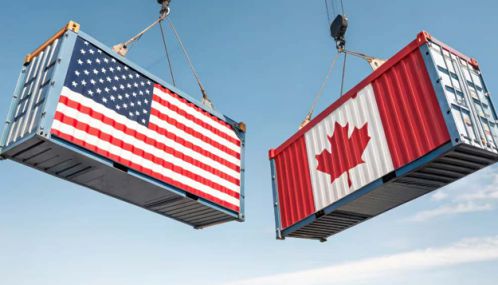
US ongoing response:
Although Trump points to drugs and migrants spilling over its borders as the driving force behind these tariffs, there could be more than meets the eye with this current policy response. The Trump administration may need the tariffs as a measure to raise revenue as his government looks to extend and expand tax cuts, which could be one component of a broader framework, as recently reported by Politico. One of his Trump’s nominees for chief economist, Stephen Miran, has himself wrote in November 2024 about the revenue raising capabilities of tariffs in relation to a currency offset in the US dollar due to overvaluation. That itself refers to an appreciation of the dollar roughly equal to the tariff rate to address inflationary pressures.
While Trump’s current behaviour may signal him getting a head start on USMCA negotiations, this could be him trying to gain solid political support for his platform by providing adequate funding for his domestic policy agenda.
Conclusion:
The Canada-US trade relationship has been of the longest, significant partnerships in the world. With $3.6 billion daily alone between the countries in 2023 for example, it has shown the highly integrated nature of both economies, and the vulnerabilities that this recent tariff issue creates. Canada under Trudeau has retaliated against the US under Trump with a 25% tariff to match his, but there has been a bit of breathing room for both countries as they agree to pause the tariffs for about a month or 30 days. Although Trudeau proclaims a Team Canada response, the situation has impacted Ontario politically with an election campaign underway, focused on protecting the auto industry in response to this tariff threat. While Trump has been foreshadowing this policy move as one of his major platform planks, the reasons behind it could be a bit of a smokescreen than what he has publicly voiced.
In terms of next steps, Canadian readers should heed the words of Prime Minister Trudeau on supporting the Canadian economy through this shaky situation. Please stay up to date on the latest information that comes from his government as well as reputable news sources and outlets. For Americans, it means taking a critical perspective on these developments by fact checking Trump’s statements in relation to their own experience and that of the wider American society regarding its relationship with Canada. Ultimately however, time will tell on the sorts of effects these tariffs will take on consumers like you and I, and, equally, it shall note to us the clearest path forward.





